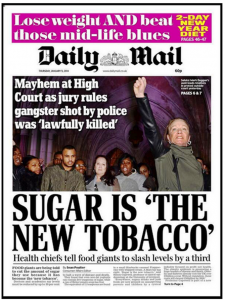A triumph for organized labor: Walmart agrees to pay 1 cent/pound more to tomato pickers
The big news last week—and it is very big news—is that Walmart has signed on to the Coalition of Immokalee Workers’ (CIW) Fair Food Program.
Under this program, Walmart agrees to pay Florida tomato pickers one penny more for each pound harvested — and says it will apply that premium to other fresh produce sold by the chain.
A penny a pound may not sound like much, especially since Walmart took in $466 billion in revenue last year.
But it means that workers who are now paid 50 cents for a 32-pound basket will get 82 cents, and their wages can go from $50 to $90 dollars a day.
As Tom Philpott explains in Mother Jones
Late Thursday, CIW netted the biggest fish of all: Walmart, by far the largest private food buyer in the US. A company that muscled its way to the top of the US corporate heap by pinching pennies—squeezing suppliers and its own workers relentlessly—has now agreed to shell out an extra penny per pound for tomatoes.
CIW has shown yet again that scrappy workers, sufficiently organized, can win concessions from even the most ruthless companies.
Barry Estabrook, whose book Tomatoland has done so much to bring attention to the CIW’s accomplishments, writes in Civil Eats
The struggle for labor justice in the fields of the United States—and perhaps far beyond—took an historic stride forward yesterday. At a folding table in a metal-clad produce packing shed beside a tomato field in southwestern Florida, two high-ranking executives from the giant retailer Walmart, which sells more groceries than any other company in the world, sat down beside two Mexican farmworkers and signed an agreement to join the Fair Food Program…The implications of the Walmart decision cannot be understated. Enormous pressure will be placed on competing grocery giants to follow Walmart’s lead.
Good work, CIW.




